The question of how to produce an album for a musician who has already won the prestigious Grammy Award is a complex one.
In the music industry, the Grammy is equivalent to the Academy Award in film. After reaching this pinnacle, what does a musician aim for next? Is it winning more Grammys in multiple categories, or is it something beyond the Grammys? And how does the producer contribute to that journey?
This time, we explore how a producer shapes the work of a top Grammy-winning artist in the bossa nova genre.
In this final installment, we take a closer look at producer Tommy LiPuma as he tackles this challenging task.
João Gilberto: The Legend of Bossa Nova
João Gilberto, often hailed as a legend of bossa nova, was born in the state of Bahia, Brazil. His journey into music began when he received a guitar from his father.
In 1957, he met Antônio Carlos Jobim, and in 1958, he recorded Chega de Saudade (known in English as No More Blues), a song composed by Jobim and Vinícius de Moraes. This moment marked the birth of the bossa nova legend.
This song created a buzz among the youth of Rio, sparking the bossa nova boom.
In 1959, João Gilberto released the album Chega de Saudade, which played a crucial role in spreading bossa nova music worldwide.
■ Recommended Album: João Gilberto – Amoroso (1977)
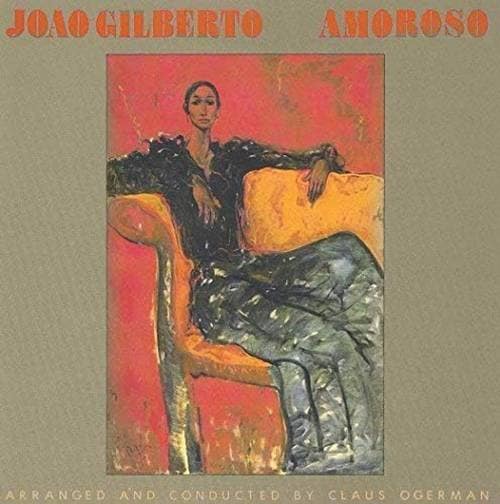
João Gilberto's 1977 masterpiece Amoroso stands in some ways as the polar opposite of Getz/Gilberto.
His approach to bossa nova is inherently intimate—accompanying himself on acoustic guitar while singing, creating a self-contained musical experience. His signature style features syncopated guitar rhythms intertwined with his vocals, a technique he is credited with pioneering.
In his later years, Gilberto's albums, such as João Voz e Violão and Live in Tokyo, focused solely on voice and guitar. Ultimately, for João, this minimalist approach was his ultimate orchestra.
Now, let's return to producer Tommy LiPuma. João Gilberto won a Grammy in 1965 for Getz/Gilberto, produced by Creed Taylor. Given Gilberto’s legendary status, how did Tommy LiPuma approach working with him?
Tommy LiPuma took an approach that stood in stark contrast to Getz/Gilberto. His answer was orchestration.
To achieve this, he enlisted German arranger Claus Ogerman, known for his mastery of string arrangements.
While Getz/Gilberto featured a simple ensemble—rhythm section, Stan Getz’s saxophone, Antônio Carlos Jobim’s piano, and João’s guitar—LiPuma chose to back João Gilberto’s voice and guitar with lush string arrangements.
Tommy LiPuma’s approach proved to be a resounding success.
Claus Ogerman, a true master of string arrangements, had worked on Antônio Carlos Jobim’s Wave and Michael Brecker’s Cityscape, among many others.
His rich, intricate string arrangements added depth to João Gilberto’s minimalist vocal and guitar style, creating a lush and luxurious soundscape.
This was LiPuma’s bold and innovative production vision—both deliberate and groundbreaking.
When Ogerman’s rich string arrangements were layered over minor-key songs, they infused the music with a deep sense of melancholy and solitude.
As the strings merged with João Gilberto’s vocals, they created intricate textures and nuances—bringing a depth, complexity, and elegance that had not been present in traditional bossa nova albums.
Recommended Track: "Estate" (Summer)
The bossa nova classic "Estate" is a masterpiece in a minor key, featuring a stunningly luxurious intro—an atmosphere that only strings can create.
Ogerman’s string arrangement masterfully enhances the song’s inherent languor and melancholy, painting a vast cinematic landscape beyond João Gilberto’s vocals.
While the rhythm section remains deeply subdued, the balance with the acoustic guitar is exquisite. Surprisingly, the melody in the instrumental break is carried not by guitar or saxophone, but by a Fender Rhodes electric piano, adding an unexpected yet beautiful touch.
Recommended Track:"Bésame Mucho"
The rich string arrangement in "Bésame Mucho" elevates the song, making it stand out with a deep, cinematic quality.
While the rhythm instruments are subtly mixed, the faint rimshots and steady bass provide a firm foundation. At its core, the song is anchored by João Gilberto’s acoustic guitar.
João’s signature vocal phrasing—where he deliberately extends lines beyond the measure—creates a sense of timelessness. When combined with the sweeping strings, this technique adds even greater depth and emotional resonance to the performance.
Featured Musicians, Albums, and Recommended Tracks
- Artists: João Gilberto, Claus Ogerman, and others
- Album: Amoroso
- Tracks: "Estate" , "Bésame Mucho"
The “sound & person” column is made up of contributions from you.
For details about contributing, click here.











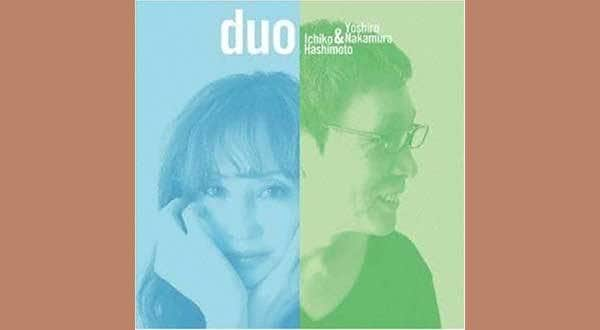

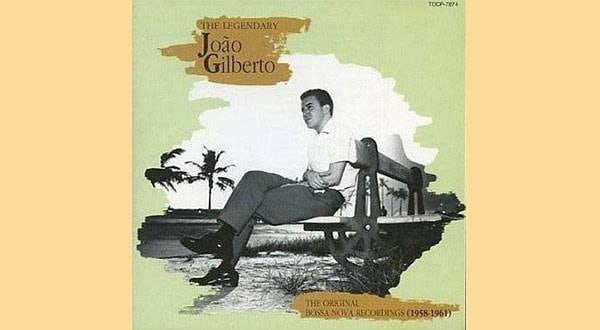
![[2025 Edition] Top 10 Recommended Acoustic Guitars](/contents/uploads/thumbs/2/2022/5/20220506_2_17799_1.jpg)
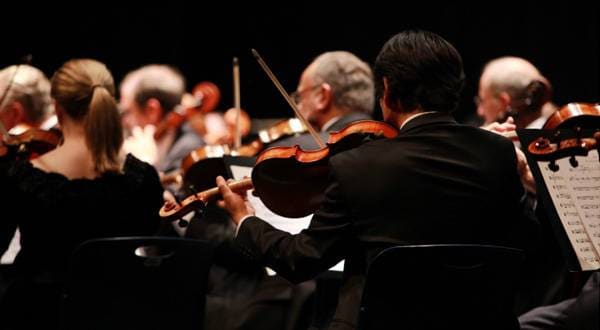

 PLAYTECH 弦楽器
PLAYTECH 弦楽器
 弦楽器 初心者講座
弦楽器 初心者講座
 ギターの種類
ギターの種類
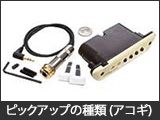 ピックアップの種類(アコースティックギター)
ピックアップの種類(アコースティックギター)
 ギタースタートガイド
ギタースタートガイド
 DTM・DAW購入ガイド
DTM・DAW購入ガイド















